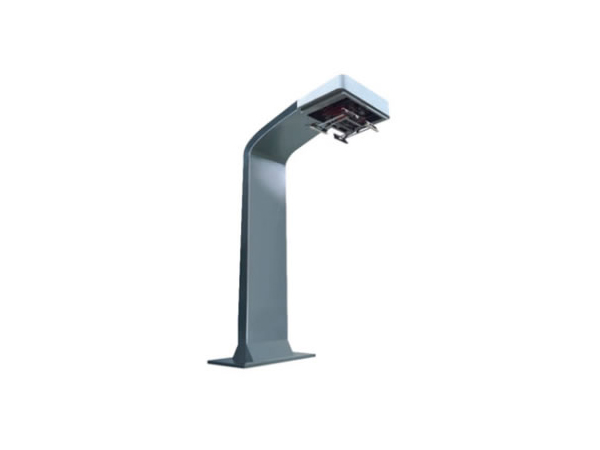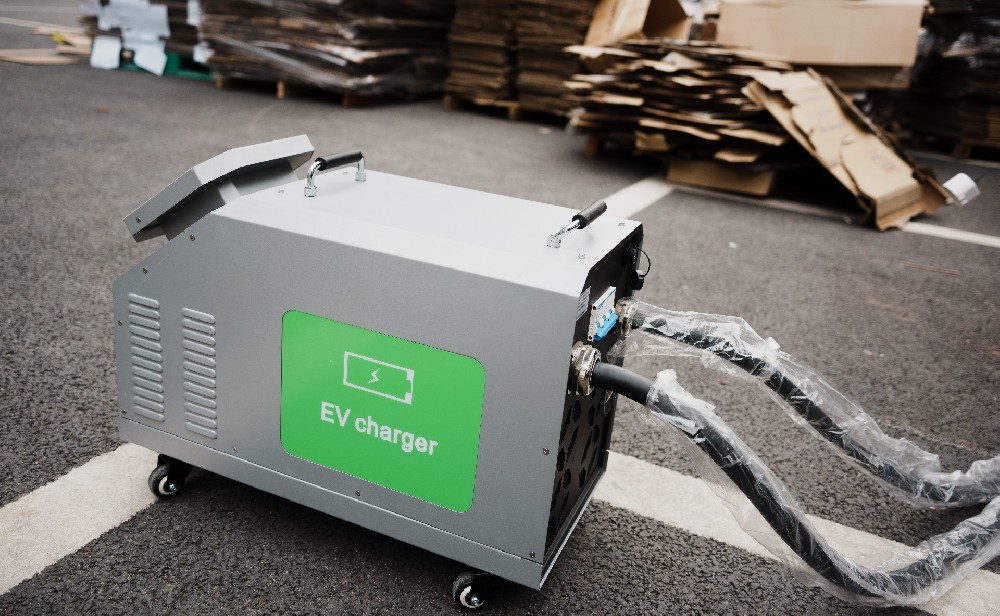-
13822183778@139.com
-
13822183778
How to do a bridge between electric vehicles and charging piles?
Just like the ballpoint of a ballpoint pen, which is so tiny that it has to be measured in micrometers, without it or if its quality is poor, it will definitely affect the normal development of related industries. Similarly, the charging gun, which serves as a bridge connecting electric vehicles and charging piles, is small in size but plays an astonishingly significant role. On a smaller scale, it directly affects the quality of a single charging experience; on a larger scale, it indirectly influences the development of the entire new energy vehicle industry. However, nowadays, while electric vehicles and charging piles are being "spoiled" excessively, the charging gun seems to be in a somewhat "neglected" situation.
The "bubbles" are faintly visible in the morning sun.
The "Planning for the Construction of Electric Vehicle Charging Infrastructure" clearly states that by 2020, China will have built 12,000 charging stations and 4.5 million charging piles. Industry insiders predict that the direct market size of charging piles (stations) in China is expected to reach 100 billion yuan in the next six years. Therefore, it is not difficult to infer that as an important component of charging piles, the future of charging guns will also be a huge red ocean. In addition, the new national standard that officially came into effect on January 1st this year has also solved the problem of incompatibility between charging interfaces and vehicles, which will greatly promote the rapid development of charging gun-related enterprises.

Just as the market for charging guns is in its prime, more and more enterprises are beginning to enter this field. However, due to the lack of clear management regulations on quality, design, etc., "bubbles" are emerging in the market development under the bright sun. Products of varying quality and design are all flooding into the market, and there are no strict standards or control over market pricing. For experienced automakers and charging facility construction and operation enterprises, at least they can distinguish the quality of charging guns and make selective purchases. But for users with little knowledge, when buying charging guns, they are likely to purchase inferior products at low or even high prices.
The author got in touch with several electric vehicle charging gun agents through e-commerce platforms. It is understood that these merchants are basically direct agents of charging gun manufacturers. However, the problem lies in that, on the one hand, the merchants do not provide users with certain correct guidance on usage, and even some merchants themselves do not understand the quality and usage-related knowledge of the products they sell. On the other hand, the general agents offer users a one-year warranty for the charging guns. Once the product is out of warranty and without safety guarantees, if the charging gun is of substandard quality, the potential safety hazards are terrifying.
Safety issues cannot be ignored.
The charging gun, as a bridge connecting the vehicle and the charging station, directly affects the safety of the charging experience. Therefore, the design and material selection of the charging gun need to be strictly controlled. So, how are the safety issues of the charging gun reflected? To this end, the author consulted Zheng Zeyang, the chairman of Huizhou Guangshun'an New Energy Technology Co., Ltd. In his opinion, the safety of the charging gun mainly lies in two aspects.
First, there is the safety of mechanical performance. The first aspect is the selection of materials. Zheng Zeyang introduced that the plastic material of the charging gun body should have strict requirements, and it must meet the requirements of different environments such as high and low temperatures. The second aspect is the requirements for the cable. Not only should there be certain restrictions on the diameter of the cable and the thickness of the film, but it also needs to pass high-temperature resistance and aging resistance tests to ensure that it does not oxidize after long-term use. The third aspect is the requirements for the overall structural design of the charging gun. If the design is unreasonable, it may not cause an immediate impact in the short term, but once it is exposed to long-term environmental damage such as wind and sun, its brittleness will gradually become prominent. "The charging gun may easily break when dropped on the ground, which will cause fear in users' minds. Users may even generalize and question the safety of all charging guns," Zheng Zeyang emphasized. "Therefore, the structural design of the charging gun must be strictly in accordance with China's standards. This is an important issue to consider beyond the standards."
The second aspect is the safety of electrical performance. It mainly reflects in the reliability of the internal metal terminals of the charging gun. The reliability of the terminals directly determines the tightness of the charging interface. The tightness will bring two direct impacts: one is that the charging gun will heat up during the connection process, and at the same time, it will cause the cable to heat up, creating a safety hazard; the other is reflected in the tightness of the terminal plating. If the tightness is not designed reasonably, it will cause the interface to be too loose or too tight when the charging gun is plugged and unplugged. "If the plating is not properly treated after tens of thousands or even hundreds of thousands of times of plugging and unplugging, it is very easy to be oxidized and worn", which will directly affect the use effect of the charging gun and the safety of the entire charging process. In addition, the processing of the entire charging gun mold must undergo strict heat treatment and a total of 21 inspection and testing procedures.
How to be a good bridge between vehicles and charging piles?
During the rapid development stage of the electric vehicle industry, the role of charging guns is beyond doubt, and their safety cannot be underestimated. However, due to the high-speed development period of the industry, too much emphasis has been placed on the healthy development of new energy vehicles and charging piles, while the less conspicuous charging gun market has been somewhat "overlooked". Currently, the entire charging gun market is not as hot as the charging pile market. It can be said that it is still in its infancy, but some problems are gradually emerging.
First of all, there is the issue of quality standards. The research report of the China EV 100 Association pointed out that "currently, almost no manufacturer can provide products that meet the standards." Zheng Zeyang also said, "At present, there are at least 20 enterprises making charging guns, and each has different products. However, Huizhou Guangshun'an New Energy Technology Co., Ltd. is one of the few companies that can meet the standards." It can be said that the reason for this situation is that there are no clear policies or regulations yet to specify the quality of charging guns, including the selection of materials, the design of ports, and the requirements for cables.
Secondly, the inspection standards need to be improved urgently. At present, most of the charging guns produced by various manufacturers are released to the market without strict quality control and relevant inspection and testing. Although there may be no or few safety hazards at present, it must be said that if these products cannot withstand harsh environments such as high and low temperatures, they will inevitably pose a threat to charging safety.
Thirdly, it is the degree of coordination among new energy vehicle enterprises, charging gun manufacturers and charging pile operators. A tiny screw, a small structure, or even an insignificant parameter can directly affect the development of an entire industry. Therefore, no matter how insignificant a device is, it has a domino effect on the related industry. The same goes for charging guns. Their quality directly affects the safety of electric vehicles during the charging process. Thus, the mutual coordination and close connection among charging pile construction and operation enterprises, charging gun manufacturers and new energy vehicle manufacturers are particularly important. "Charging gun manufacturers must effectively coordinate with charging pile production and operation enterprises as well as car manufacturers. At the same time, all manufacturers should also consider problems from the perspective of users," said Zheng Zeyang.
Moreover, the market needs to provide the right guidance. Firstly, it is necessary to review the old charging guns. Secondly, it is essential to guide the correct use of charging guns, especially during the period of rapid development of e-commerce. When users purchase charging guns, they are mostly blind and there is no unified price standard. Therefore, the positive coordination of the market's role is particularly important.
 How long does it take to charge ···
How long does it take to charge ···
 DC Fast Charging CCS type 2 plug
DC Fast Charging CCS type 2 plug
 The high-voltage and high-curren···
The high-voltage and high-curren···


